Therapia Lane Rough is a site that has been swallowed by industrialisation. Nestled amongst a tram line, a suburban housing estate and an industrial builder’s yard, it is hard to believe that this site offers much for nature conservation. Upon first viewing this remains apparent. The site depicts a ‘wasteland’ where bramble is prevalent throughout, with areas of rough grassland and scrub separated only by concrete paths and concrete slabs. Appropriately, the rear wall is concrete, covered in graffiti and topped with barbed wire.
Historically, Therapia Lane Rough was considered a ‘wasteland’, a typical term for an abandoned industrial site, which was once a common sight throughout London due to the damage inflicted from the Second World War. However, from a wildlife point of view, this site was far from a ‘waste’, as once upon a time, over 230 species of flowering plants were recorded here, making this one of the most diverse botanical sites in London. For this we have the British Railway and tram line construction to thank as it is believed that the ballast used during these developments contained alkaline substrates ideal for wild-flower establishment due to low nutrient levels.
Sadly, this site had been bereft of management for a number of years and has been largely unused by humans, apart from the odd fly-tipping. Consequently, the once diverse site has suffered from the encroachment of invasive scrub, ruderal grasses and Japanese knotweed (Fallopia japonica), thus suffocating the wildflowers which once flourished here. Importantly, the SNCV are assisting with carrying out a number of management practices which aim to stop this encroachment and return Therapia Lane Rough to a rich botanical site.
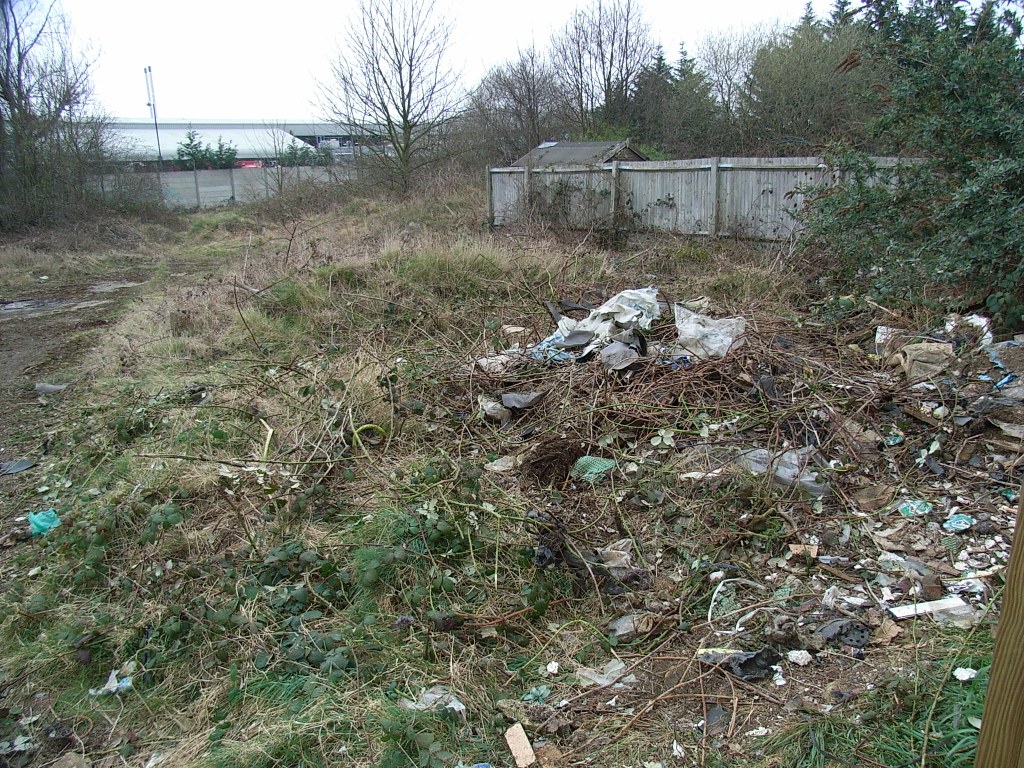
The site a couple of years ago. Thanks to the work of the volunteers, the site has drastically improved from this.
The SNCV gained full access to the site in 2007. After a Phase 1 survey of the site, the priority and invasive species were recorded, where management objectives could be determined based on these findings. Initial management focused on the removal of Japanese knotweed which had become dominant across the site. Once controlled, with available funding, we were able to create scrapes, which removes the top soil and therefore the roots and seeds of undesirable species, such as bramble (Rubus fruiticosus), goats-rue (Galega officinalis) and Japanese knotweed. Importantly, scrapes also unearth the soil substrate that is suitable for wild-flower establishment. Surveys from 1990 of the site, identified 27 native species that are considered rare in London and our management of these scrapes aims to re-store these species. So far this has proved a great success as we have seen the re-establishment of yellow vetchling (Lathyrus aphaca), restharrow (Ononis repens) and vervain (Verbana officinalis).
Through the instigation of scrub control, a seasonal mowing regime of the patches of ruderal grassland and the development of scrapes, the conservation value of this site can be raised considerably. Already there have been a number of positive developments as a Phase 1 survey carried out earlier in September identified a number of neutral grassland indicators, suggesting that wild-flowers are beginning to establish themselves once again. Further, kidney vetch (Anthyllis vulneraria) has colonised two of our scrapes, which offers potential egg laying habitat for the Small blue (Cupido minimus), one of our target species at the SNCV.
With these improvements, Therapia Lane Rough can become effective as a ‘stepping stone’ that will serve to enhance the connectivity of our sites and develop a ‘coherent and resilient ecological network’. In an urban environment, where habitats are often fragmented and isolated, ‘providing pockets’ of green space (like Therapia Lane Rough) is essential for nature conservation as the creation of these spaces contribute to a ‘wildlife highway’. Importantly, these ‘pockets’ and ‘stepping stones’ allows wildlife to disperse and re-colonise in an environment where habitats are continually being lost to modern day pressures and where species need to migrate northerly due to climate change.
Personally, these ‘wastelands’ are my favourite sort of sites. Upon first viewing, their features can appear insipid and leave a lot to be desired. However, as proved by the work of our volunteers, when guided by the management of Sutton’s Biodiversity Team, these sites offer real potential to become areas of considerable conservation importance. With our ever increasing urbanisation, the harmonious juxtaposition of a ‘Site of Importance for Nature Conservation’ (SINC), buried amongst all things urban, offers hope that despite ongoing development, we can still protect nature effectively.
I must mention that I thoroughly enjoyed the apples on offer at Therapia Lane Rough. They certainly provided a much needed energy boost as concentration levels waned during the Phase 1 Surveying and bramble removal.


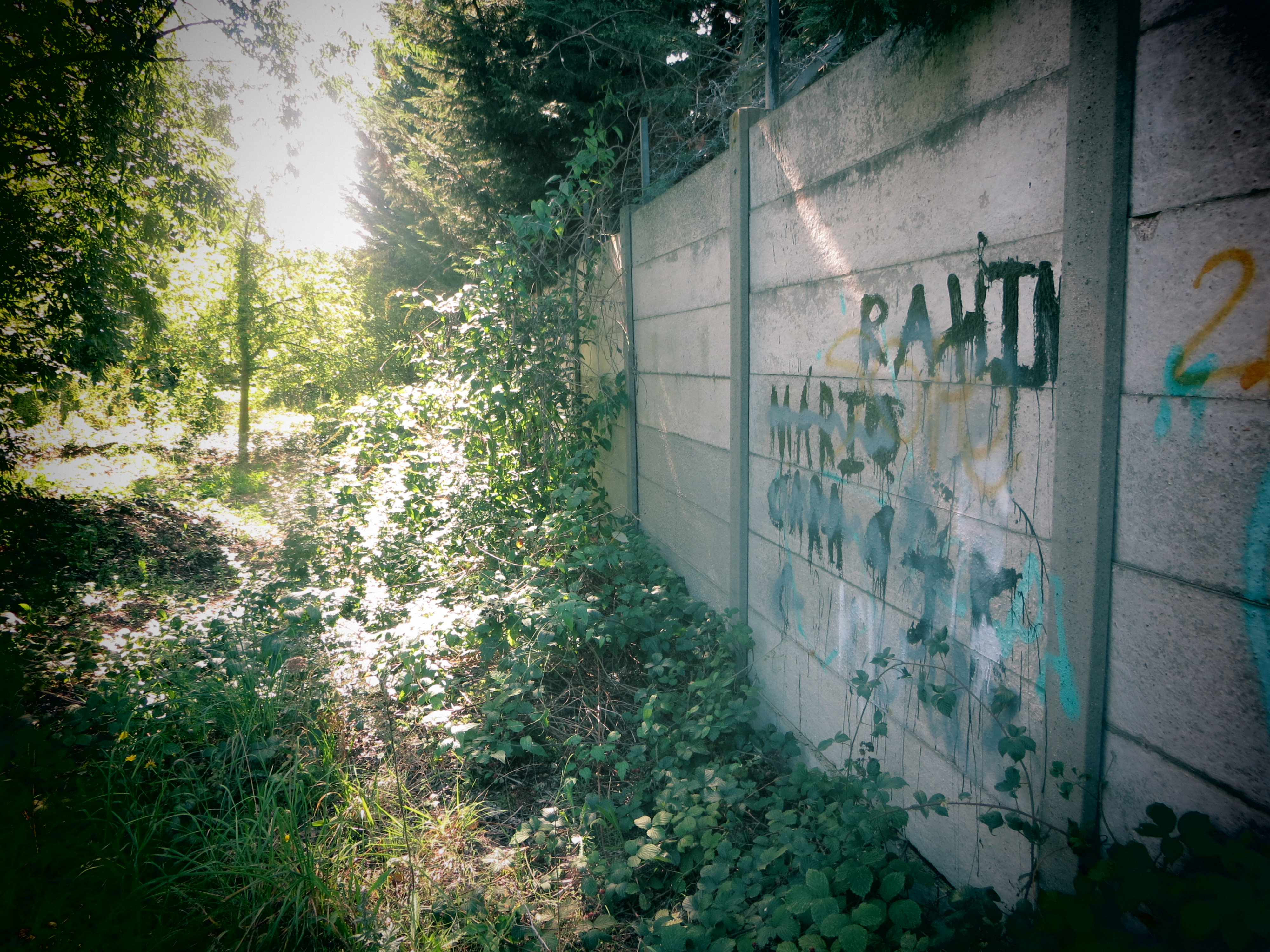

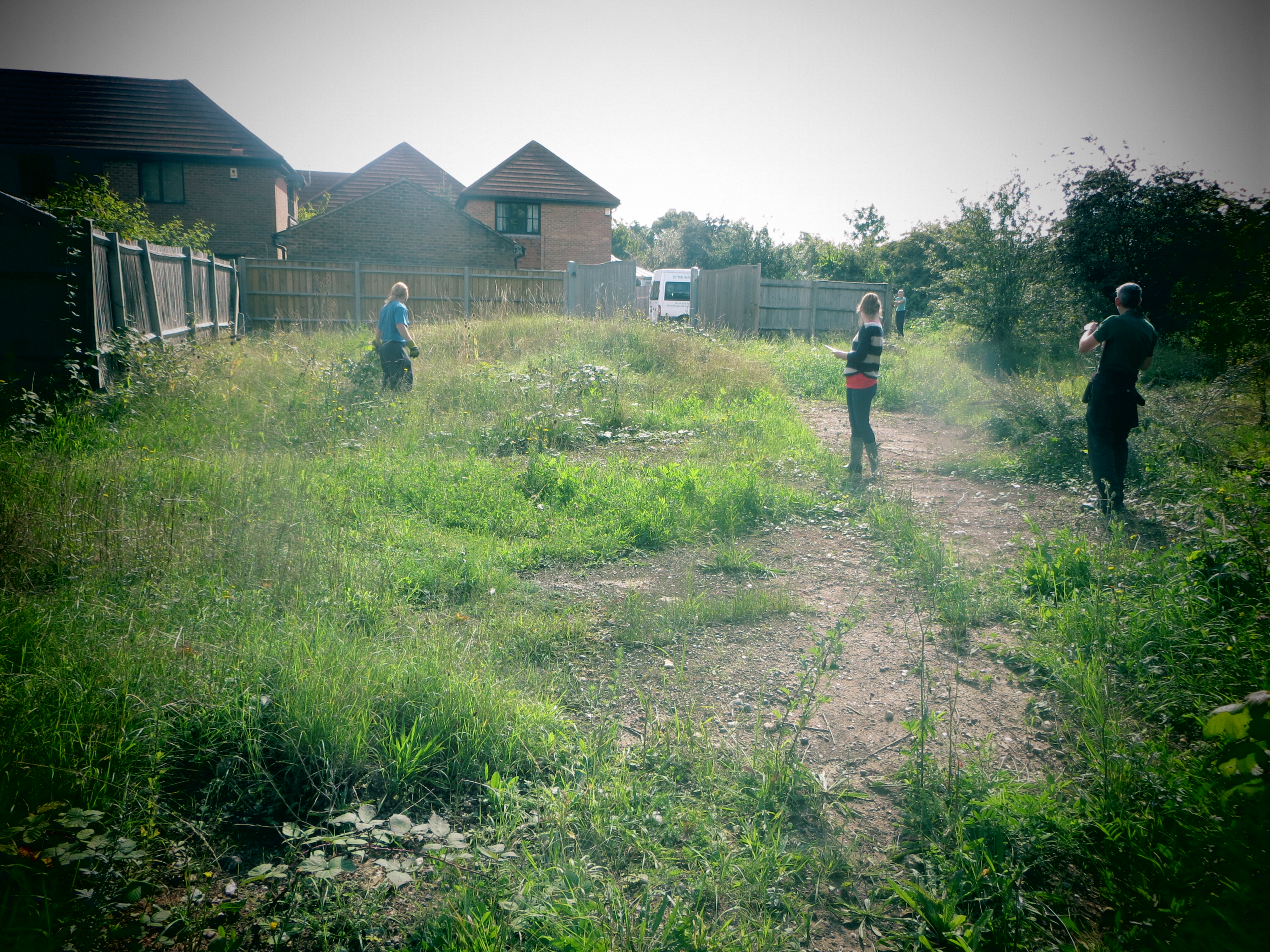
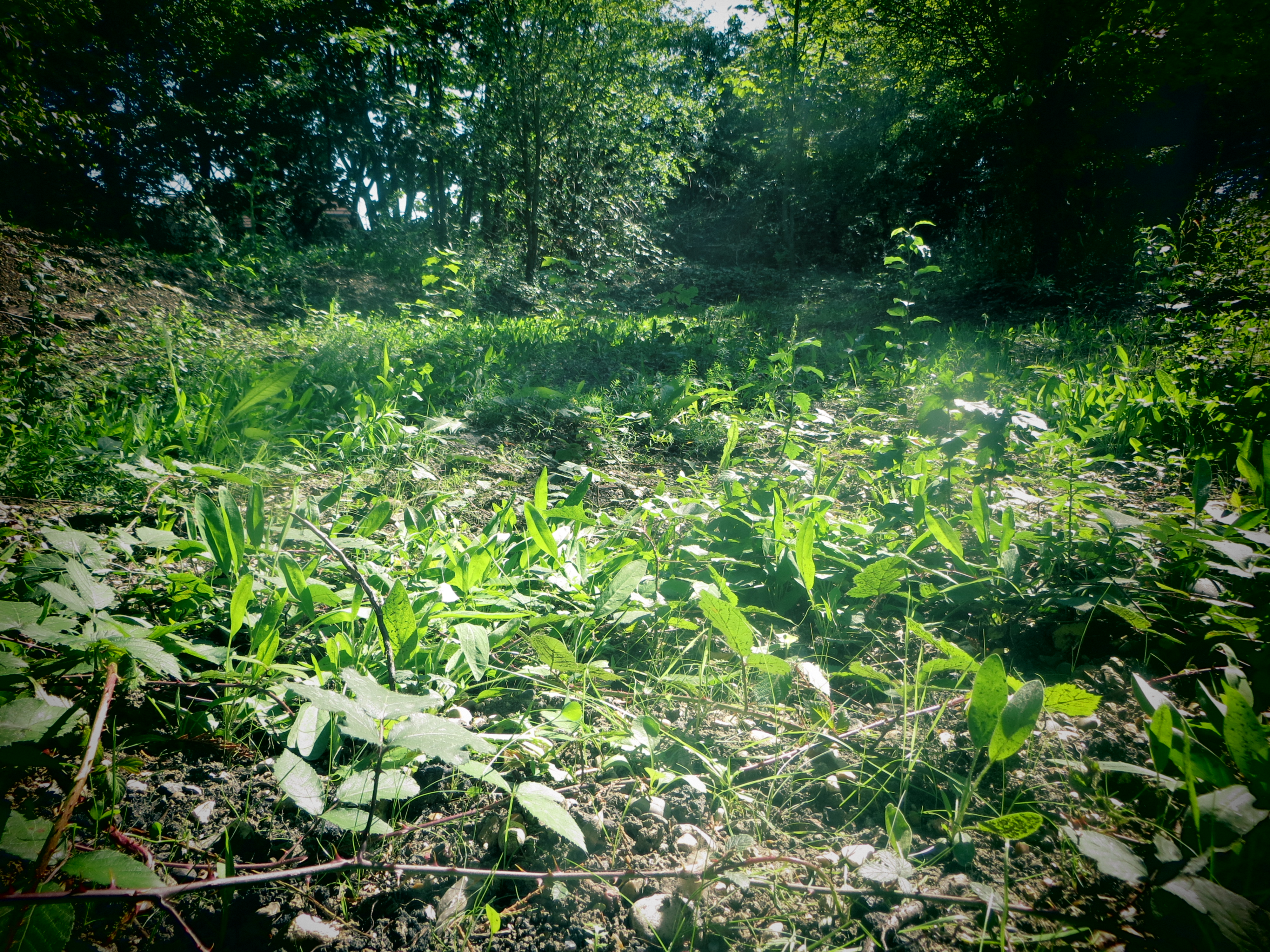
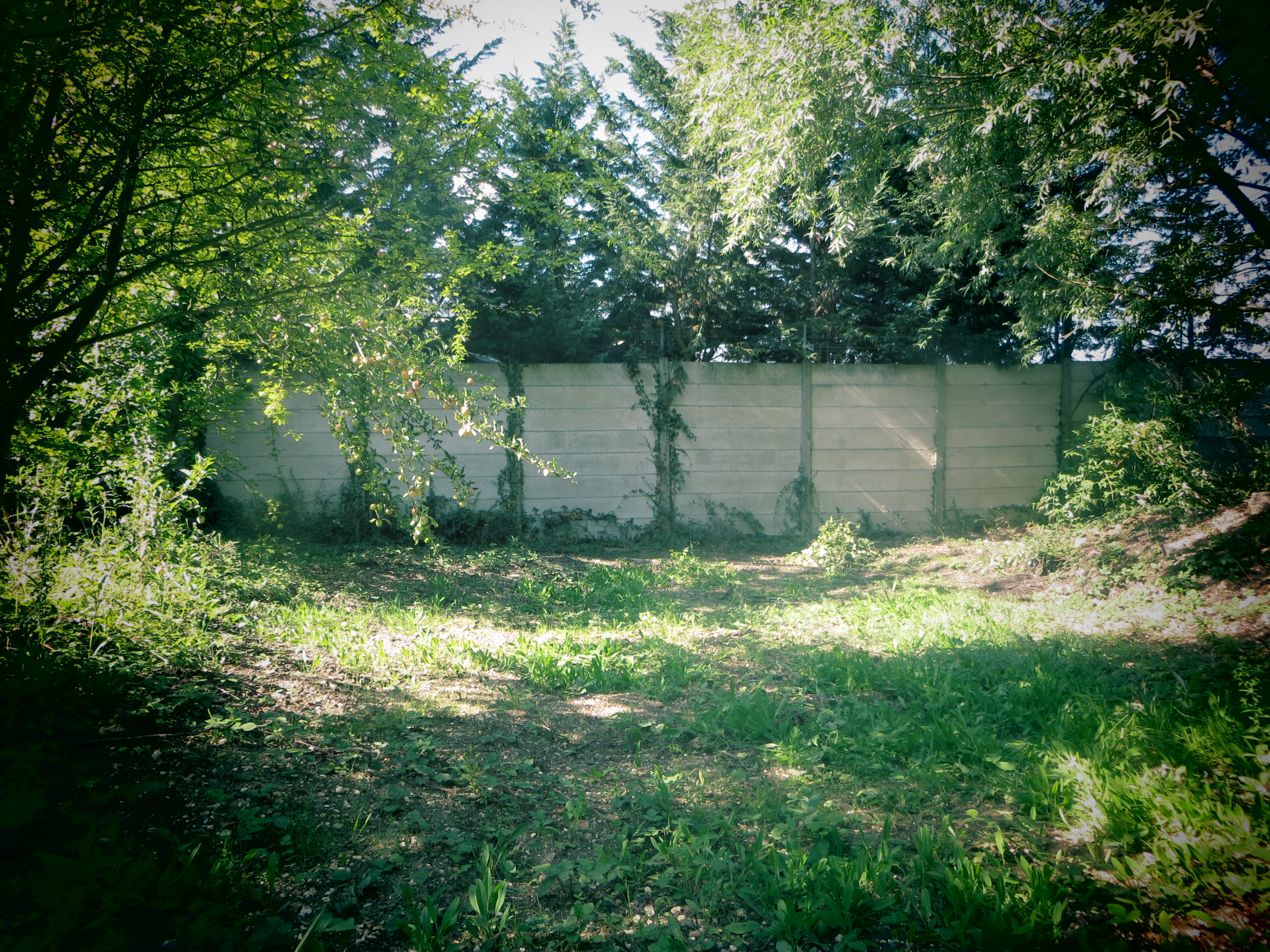
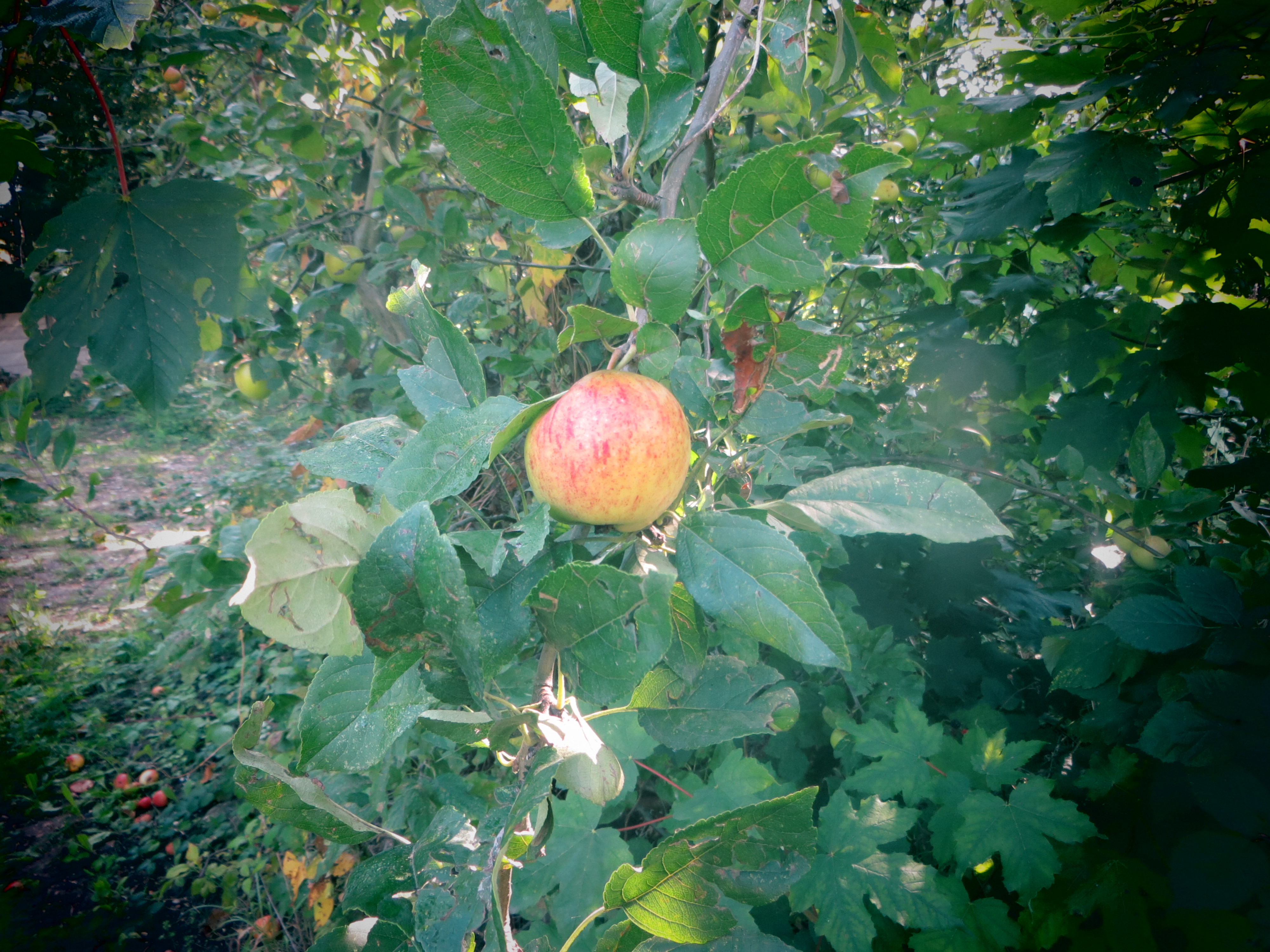





1 Pingback